Hand Wrist and Elbow
Hand | Wrist | Elbow
Drug-Free, Non-Surgical Orthopedic Treatments for Hands, Wrists & Elbows.
HAND, ELBOW, & WRIST TREATMENTS
We can help all types of acute or chronic pain of the hand, wrist or elbow, from sedentary people to World Class Athletes. Our Drug-Free, Non-Surgical solutions include:
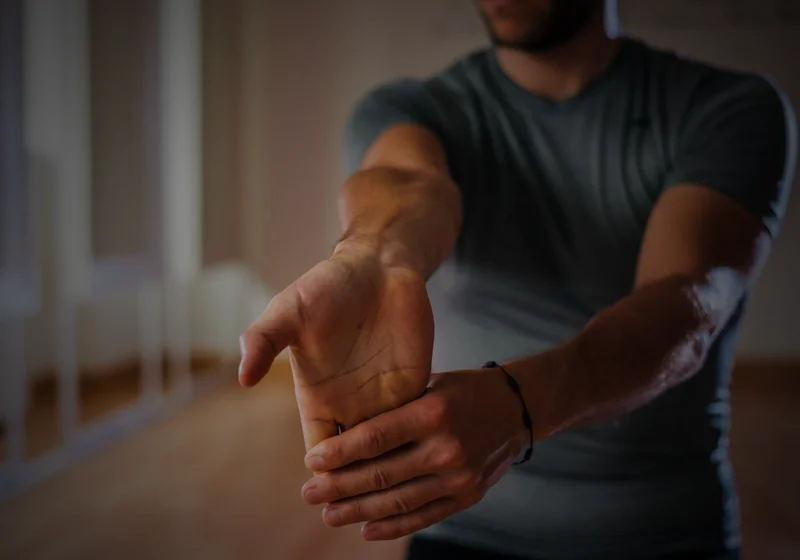
Commonly Treated Hand & Wrist Conditions
This is not a complete list, so please contact us at 423-499-0003 if you have questions about whether you or your condition can be treated with our non-surgical procedures.

Non-Surgical Procedures for Hand, Wrist & Basal Joint (Thumb) Arthritis & Other Conditions.
Advanced non-surgical procedures such as PRP or Prolotherapy are used for those who are suffering from pain or reduced range of motion due to basal joint / CMC arthritis, hand arthritis, or other injuries & conditions in the hand or wrist.
You don’t think about how important your wrists, hands, and thumbs are until there’s a problem and suddenly you can’t write, carry things, or type without pain. Or maybe you can still do all these things, but you’re realizing that it’s more of a struggle and it gets more painful every time you do them. Learn how interventional regenerative medicine treatment options promote your own body’s natural ability to heal and can often be a smart alternative to surgery for treating hand, wrist, and thumb pain.
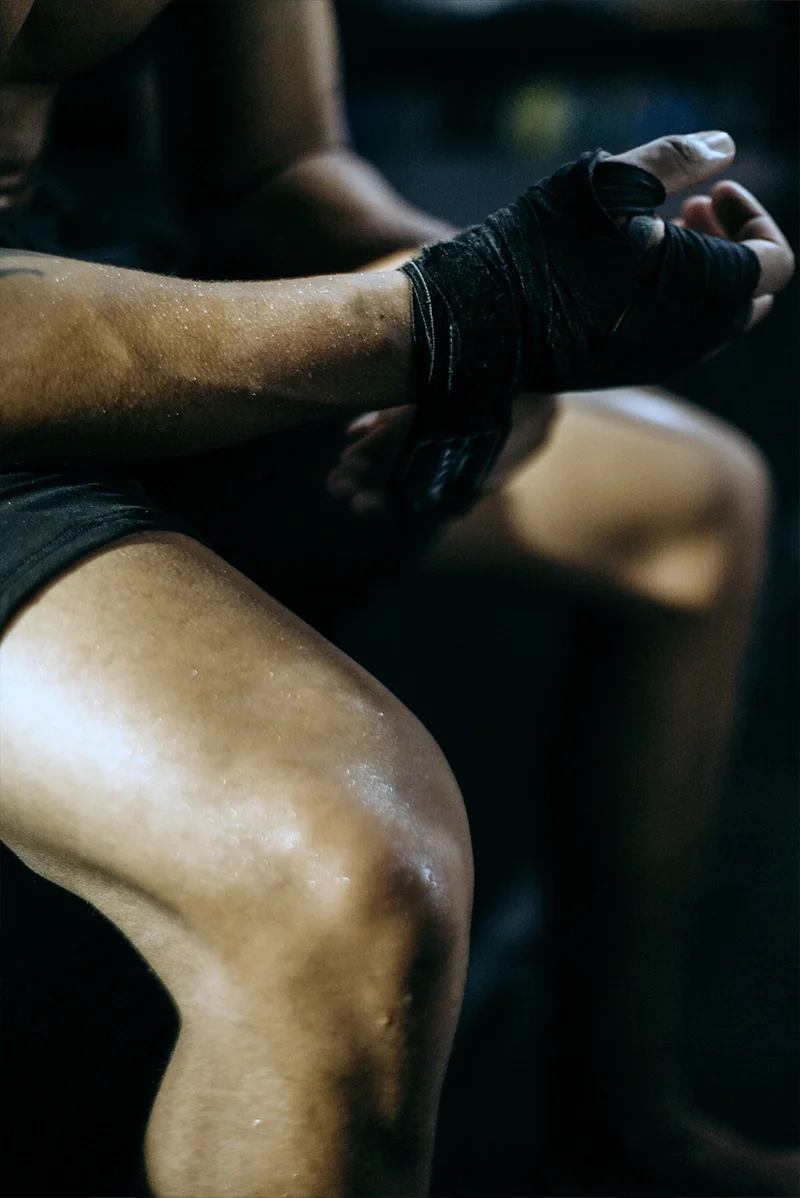
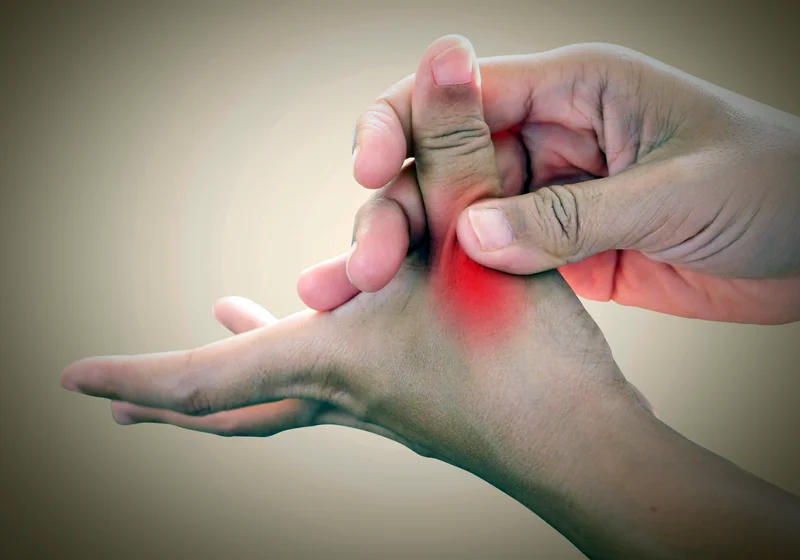
Targeted Procedure for Thumb Basal Joint / CMC Arthritis and Other Hand / Wrist Conditions
Thumb CMC/Basal Joint Arthritis or Arthritis of the Hand Joints can appear early in life. The constant swiveling and pivoting motions of the basal joint, at the base of the thumb, tends to wear it out easily. While total joint reconstruction surgery may improve the condition for some, new problems in the thumb joint may develop over time, causing such symptoms as numbness, tenderness, or reduced range of motion.
Non-Surgical Procedures for Elbow Injuries, Overuse Conditions, and Arthritis
Regenerative Medicine Procedures such as PRP and Prolotherapy are highly specialized non-surgical procedures used for elbow arthritis, overuse conditions such as tennis elbow or golfer’s elbow, and other conditions that cause elbow pain. PRP procedures utilize concentrated repair cells that are obtained from your own blood to promote your body’s own natural ability to heal. Prolotherapy is injected into the area of dysfunction to strengthen ligaments and tendons.
If you are experiencing elbow pain, Regenerative Orthopedic Procedures using the healing agents from your own body may be a good treatment option. In recent years, several studies have demonstrated excellent results of platelet-rich plasma in treating elbow tendon and ligament issues.
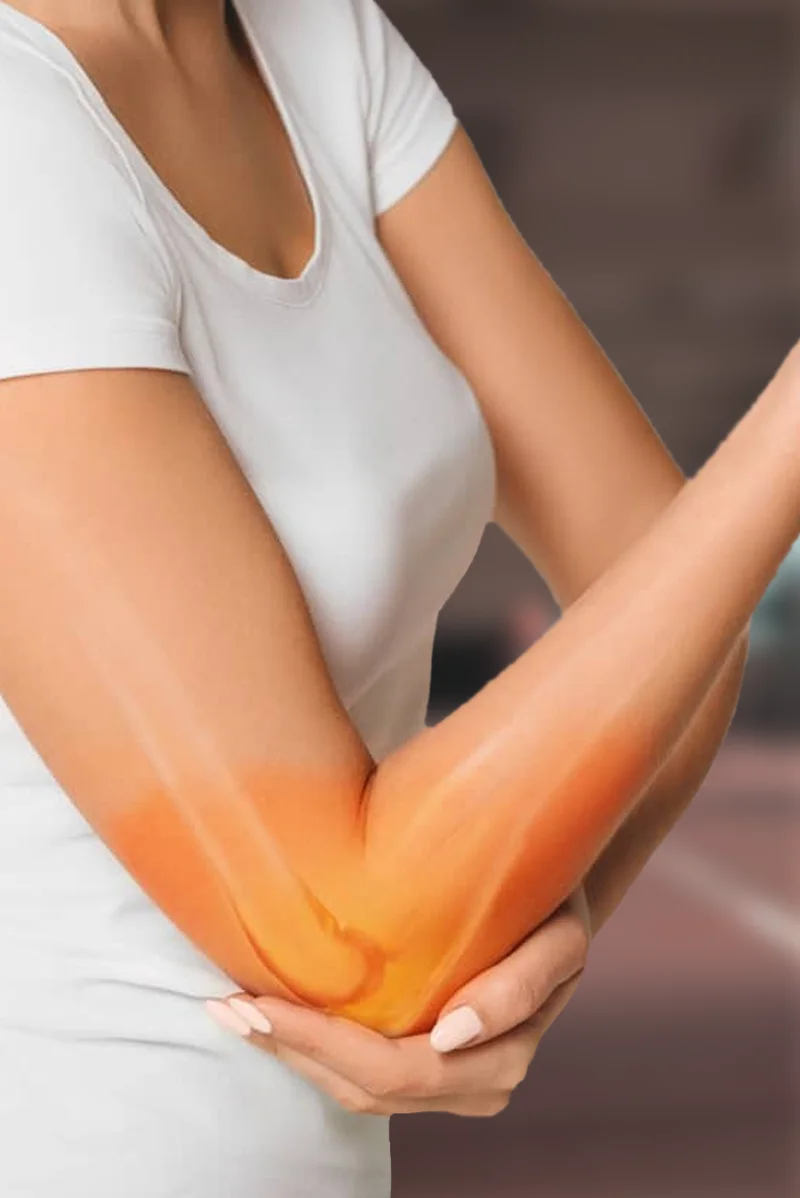
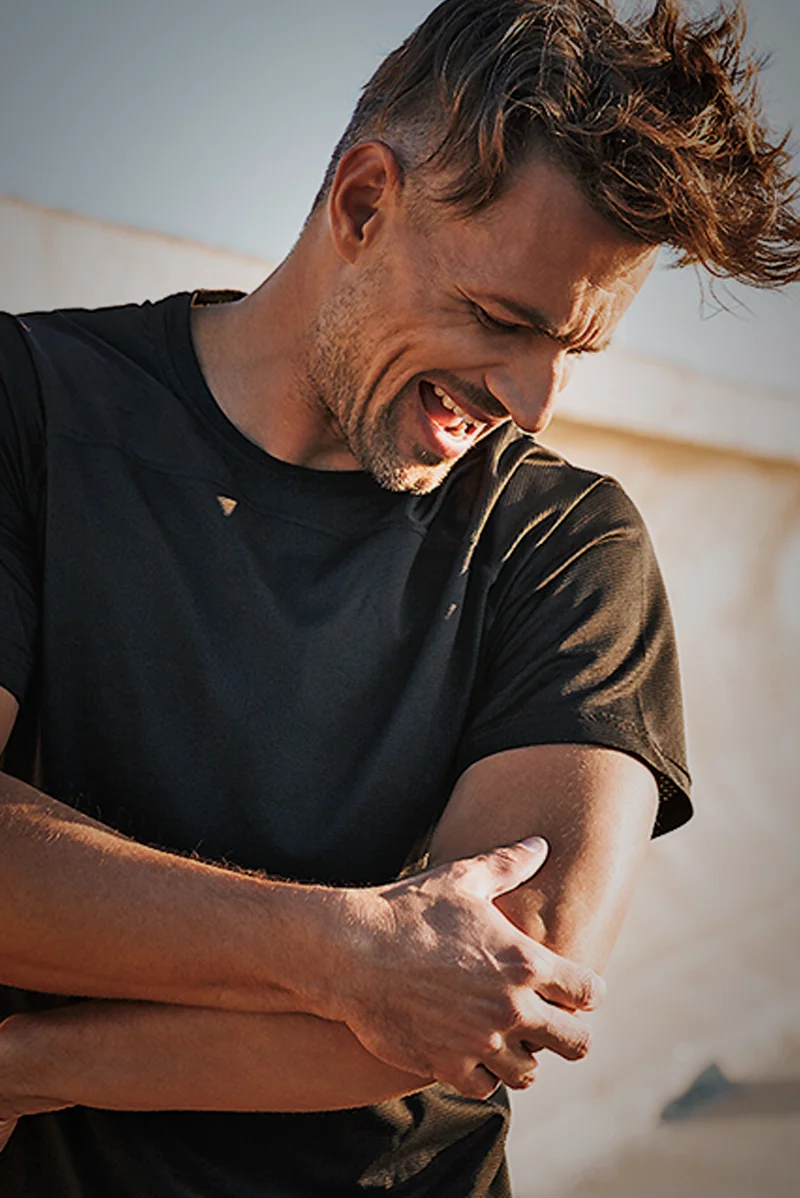
Commonly Treated Elbow Conditions
This is not a complete list, so please contact us at 423-499-0003 if you have questions about whether you or your condition can be treated with our non-surgical procedures.
HOW REGENERATIVE MEDICINE WORKS
Effective PRP (Platelet Rich Plasma) Procedures
REGENERATIVE MEDICINE
Platelet Rich Plasma (PRP) are procedures that contain healing growth factors from your own blood that promote your body’s natural ability to repair itself. The use of PRP to treat joint, tendon, ligament, and muscle injuries is becoming well known, thanks to exposure from professional athletes. Platelet injections have a stimulating effect on the repair cells within the targeted area, making those cells work harder to perform their natural job of healing the body. Regenerative Medicine PRP procedures are performed with high-level imaging guidance to ensure the most accurate placements of cells into the desired area. Platelet procedures are commonly used for soft tissue injuries, mild arthritis, spine conditions, and around nerves. Low Level Laser is used to increase the effectiveness of the PRP.
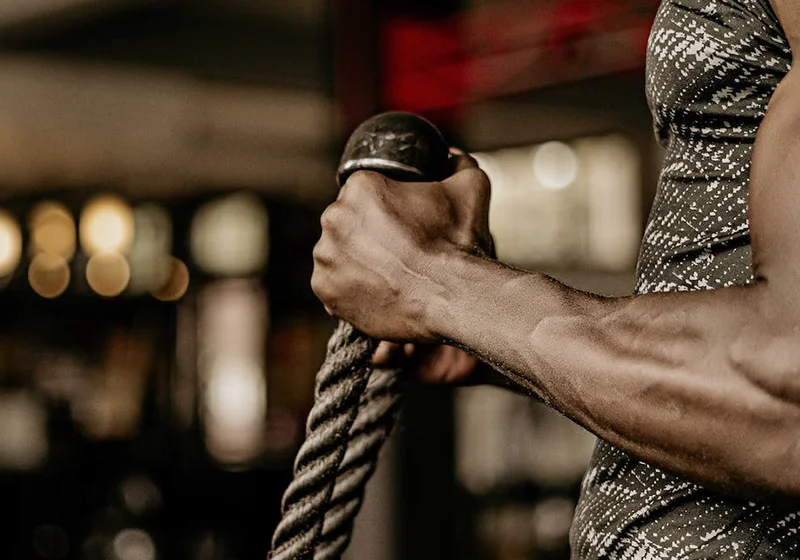
Effective Prolotherapy Procedures
Prolotherapy is an injection technique that is used to assist in repairing and strengthening ligaments, tendons, and muscle tears. “Prolo” is short for proliferation, because the treatment helps promote the proliferation (growth, formation) of new muscle ligament or tendon tissue in areas where it has become weak. When injured, ligaments or tendons don’t always heal to their original strength due to limited blood supply where they attach to the bone.
The attachments have many small nerve endings that may cause pain when injured. These injuries can often lead to muscle weakness and joint instability.
Prolotherapy uses a dextrose (high concentrated sugar water) solution and is injected into the injured ligament or tendon. These injections cause localized areas of inflammation-triggering the body to increase blood supply to the area, often allowing reparative cells called Fibroblasts to lay down collagen strengthening the structure. So, in essence, we recreate selective areas of inflammation with Prolotherapy triggering the body’s own reparative process and then back away allowing the body to heal in injury.
Prolotherapy is not a new technique. In ancient times, Hippocrates first used a variant of this technique on soldiers and Olympic javelin throwers who injured their shoulders.
The response to Prolotherapy varies from individual to individual and depends upon one’s healing ability. Patients will typically need a series of 3 to 6 injections over a period of time. Each session separated by 2 week intervals. This interval allows the body time to begin the healing process after the injection.
